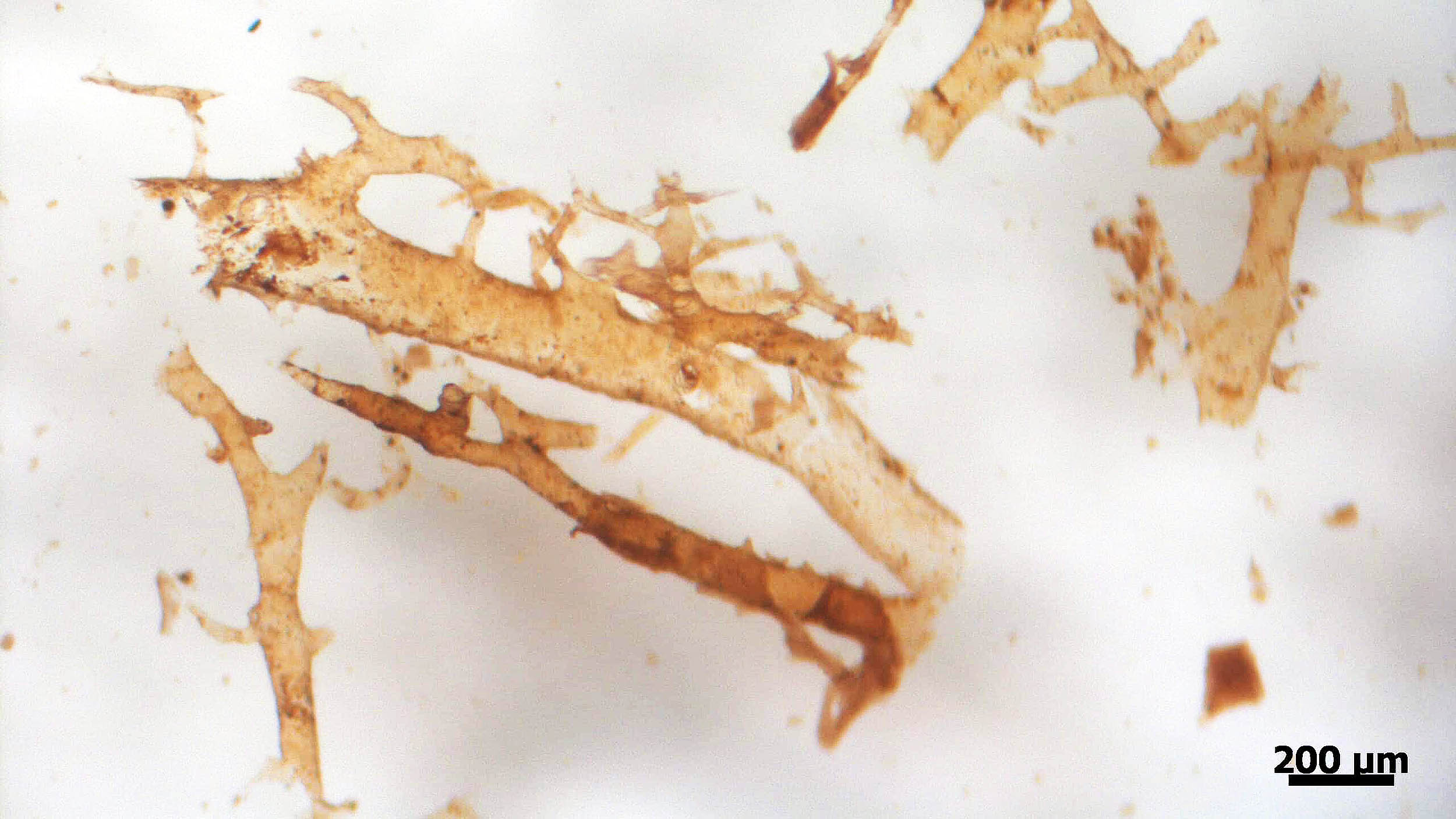Scientists have made a groundbreaking discovery by finding preserved blood molecules in dinosaur fossils. This remarkable find changes our understanding of how biological materials can endure across millions of years. Researchers identified hemoglobin and other blood molecules in 66-million-year-old dinosaur bones, showing that soft tissue preservation is more common than previously thought.

Rewriting Fossil Chemistry
This discovery reshapes our perception of fossil chemistry. Finding blood molecules intact opens new windows into ancient life. It allows scientists to study the biology of dinosaurs in greater detail. With improved techniques, researchers now detect microscopic traces of proteins and molecules once thought impossible to survive deep time. This advances our knowledge of dinosaur physiology and the fossilization process itself.
The study suggests that certain conditions can protect delicate molecules for eons. These findings could lead to further discoveries about ancient animals and how their remains persist. Preserved biomolecules may help answer long-standing questions about dinosaur biology and evolution.